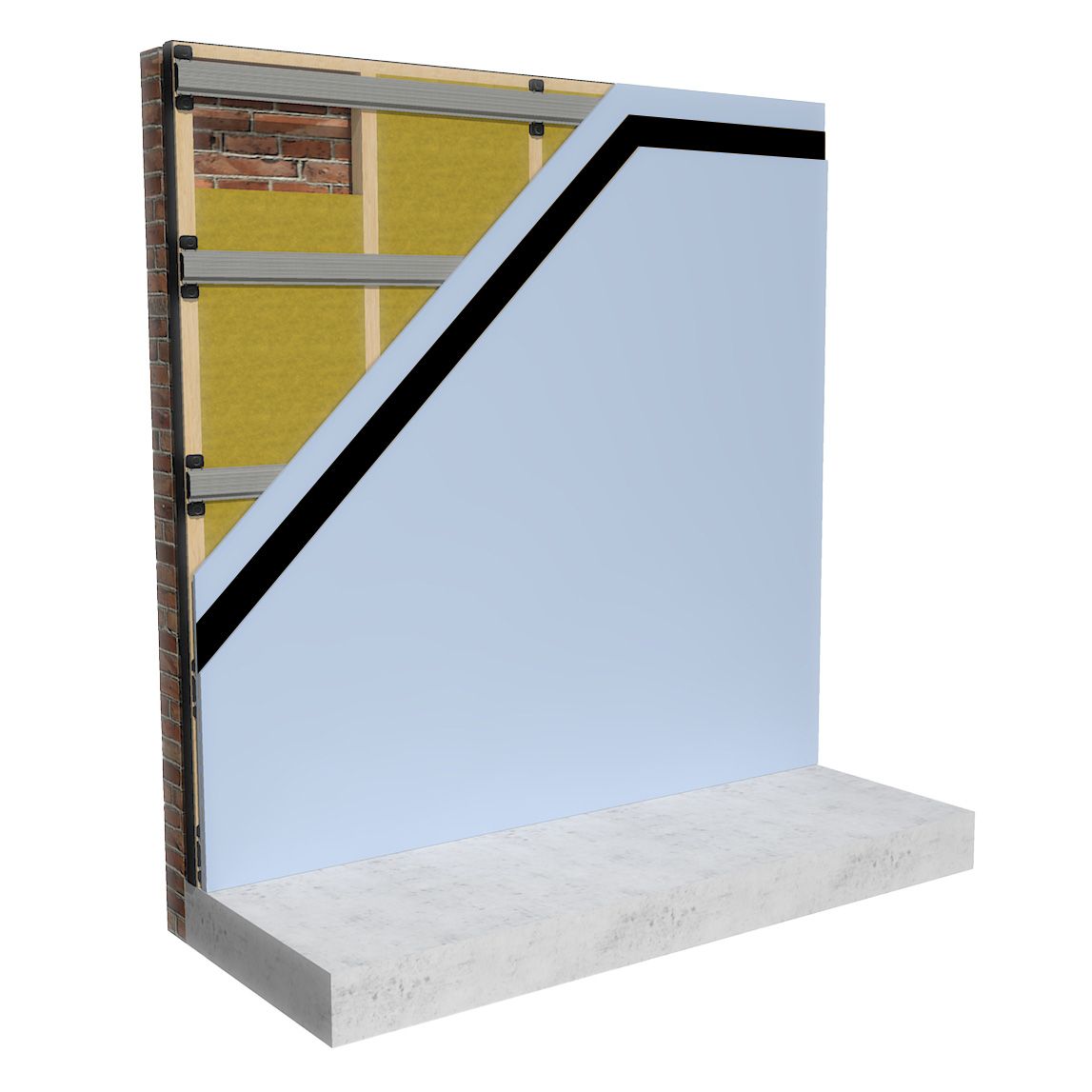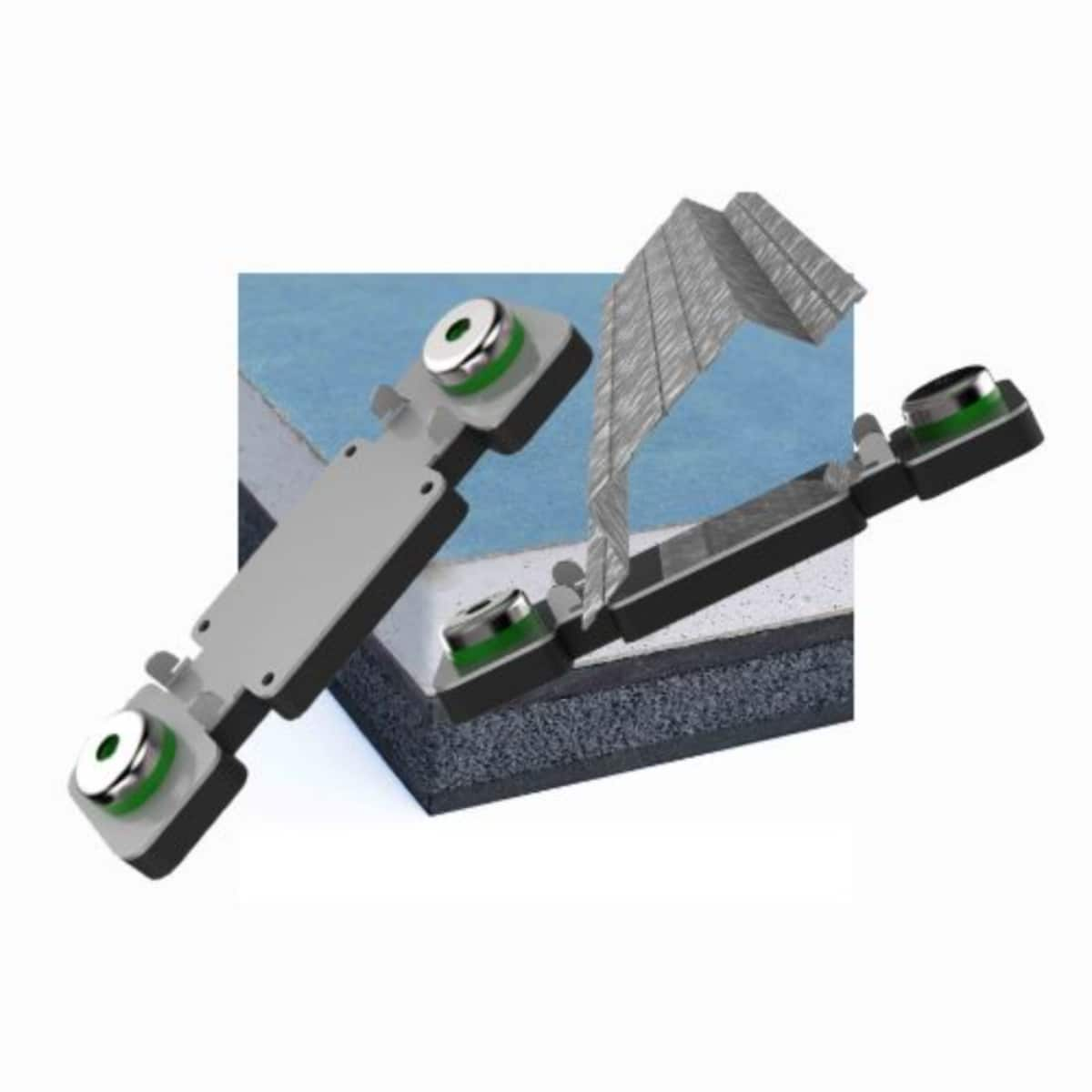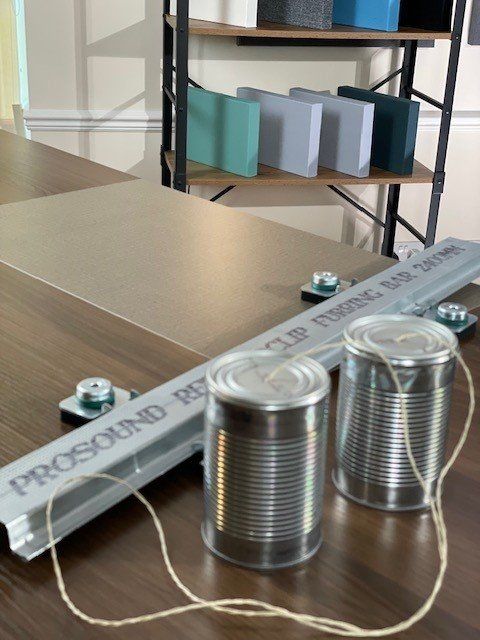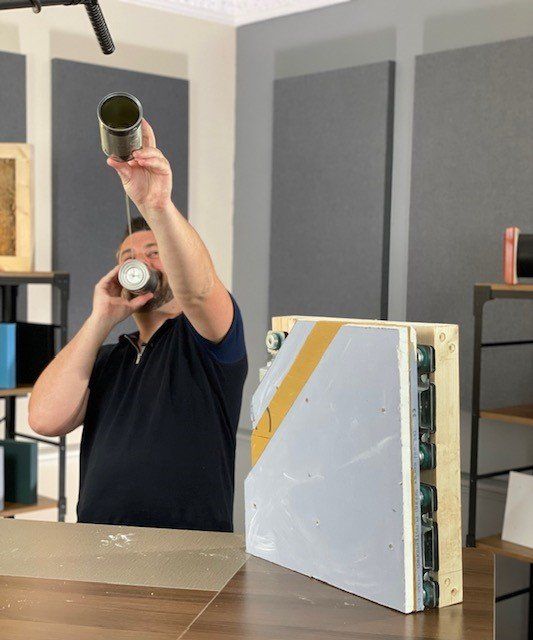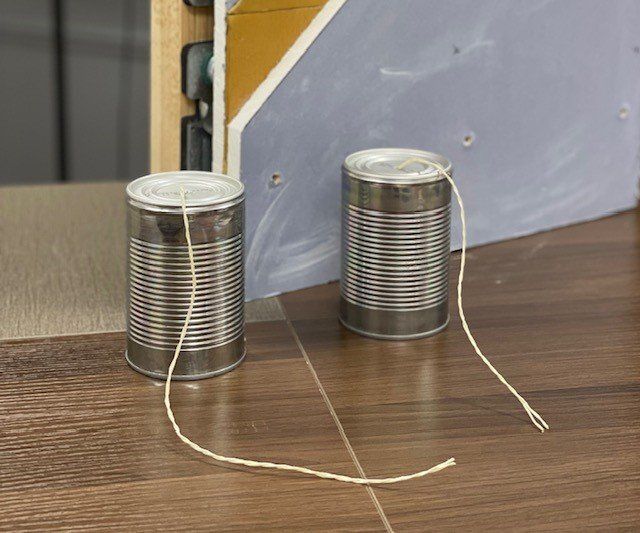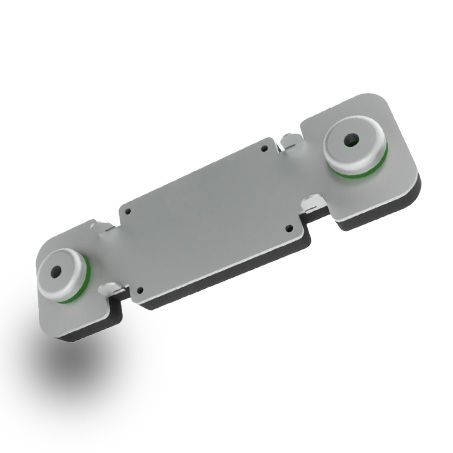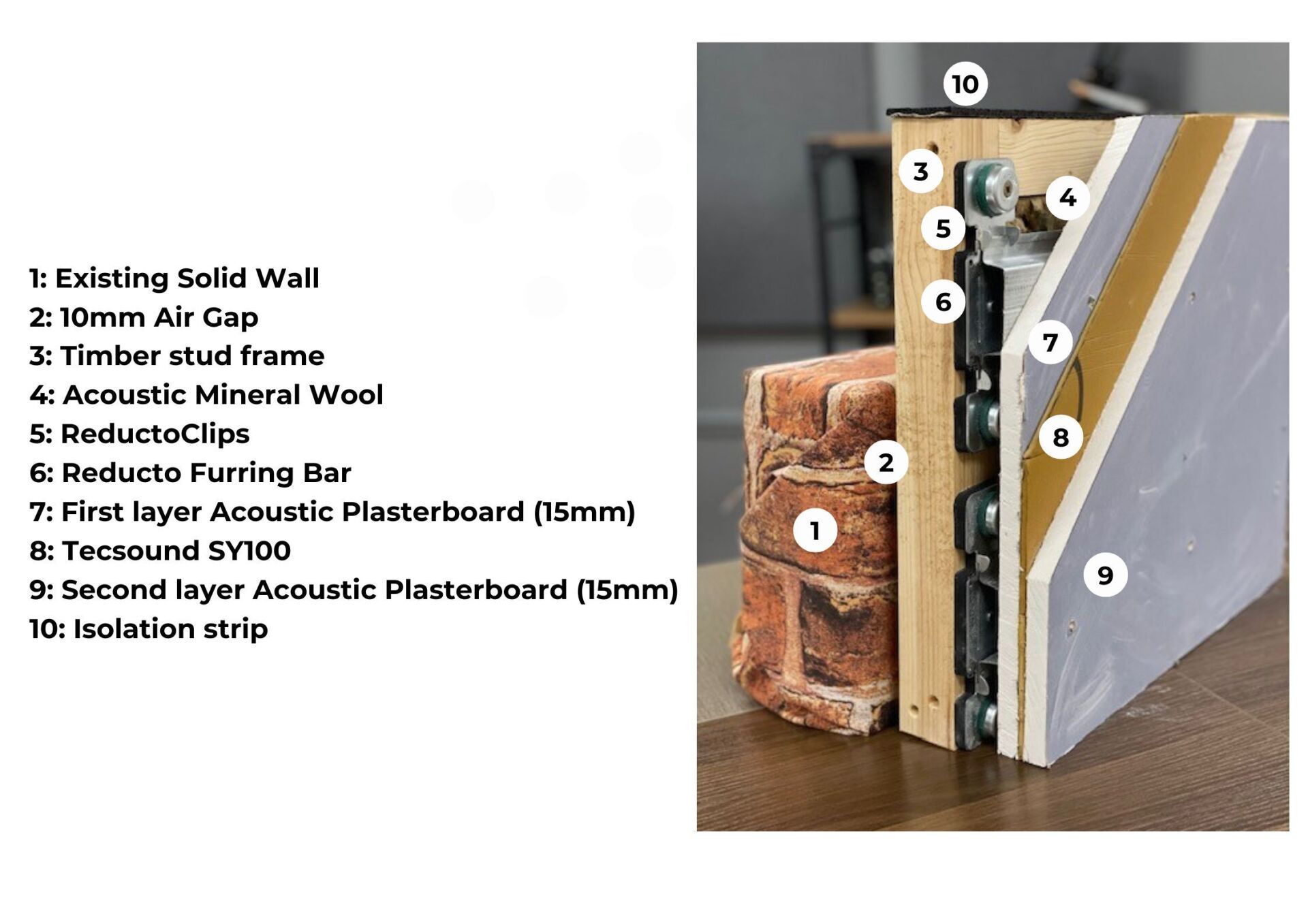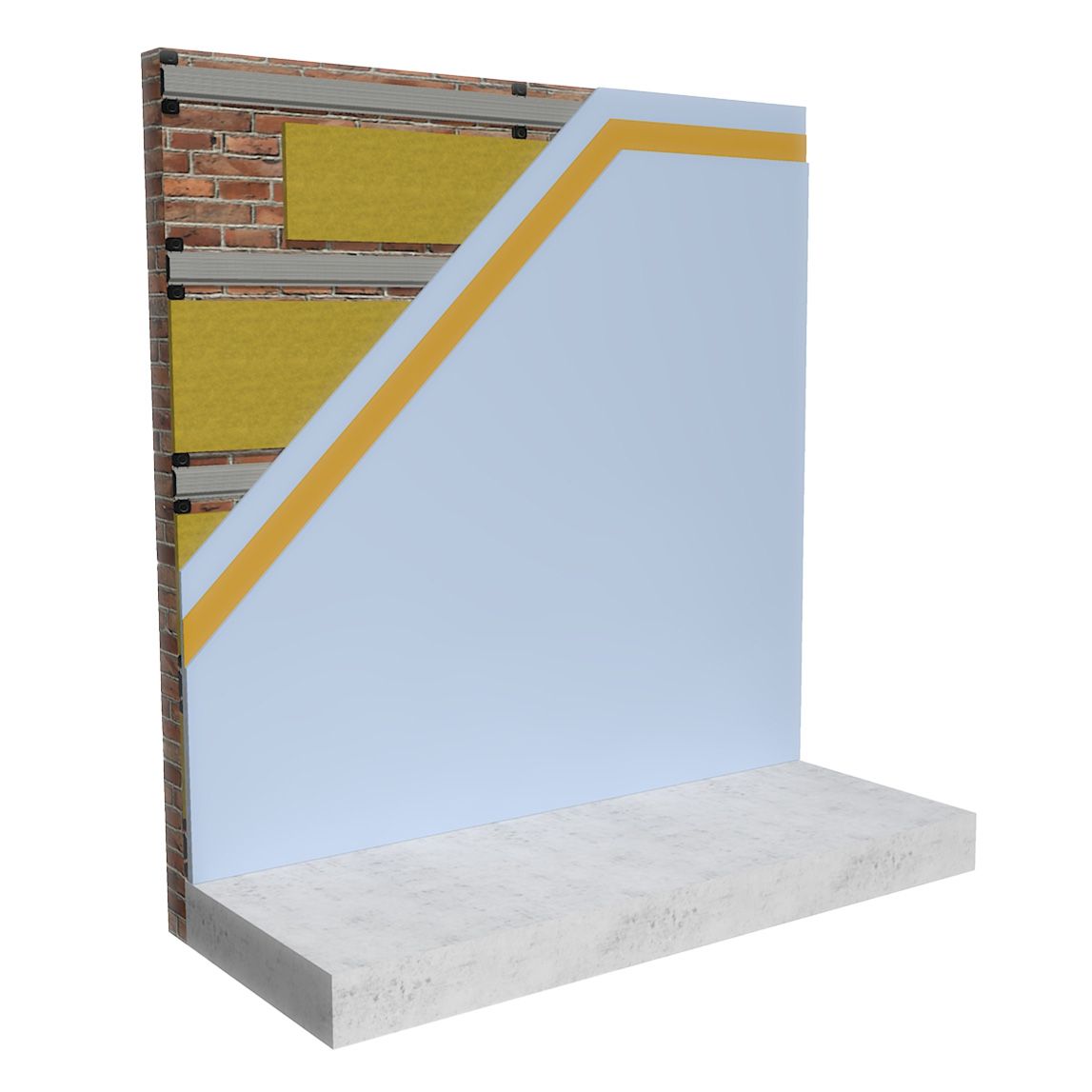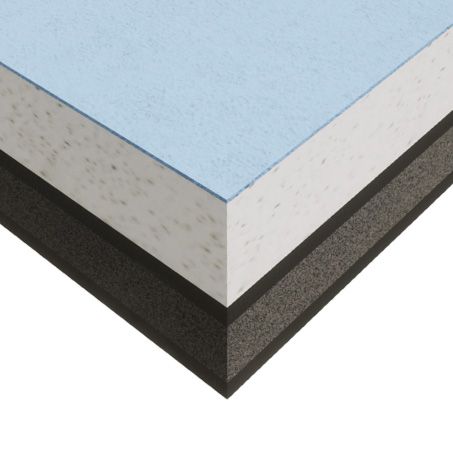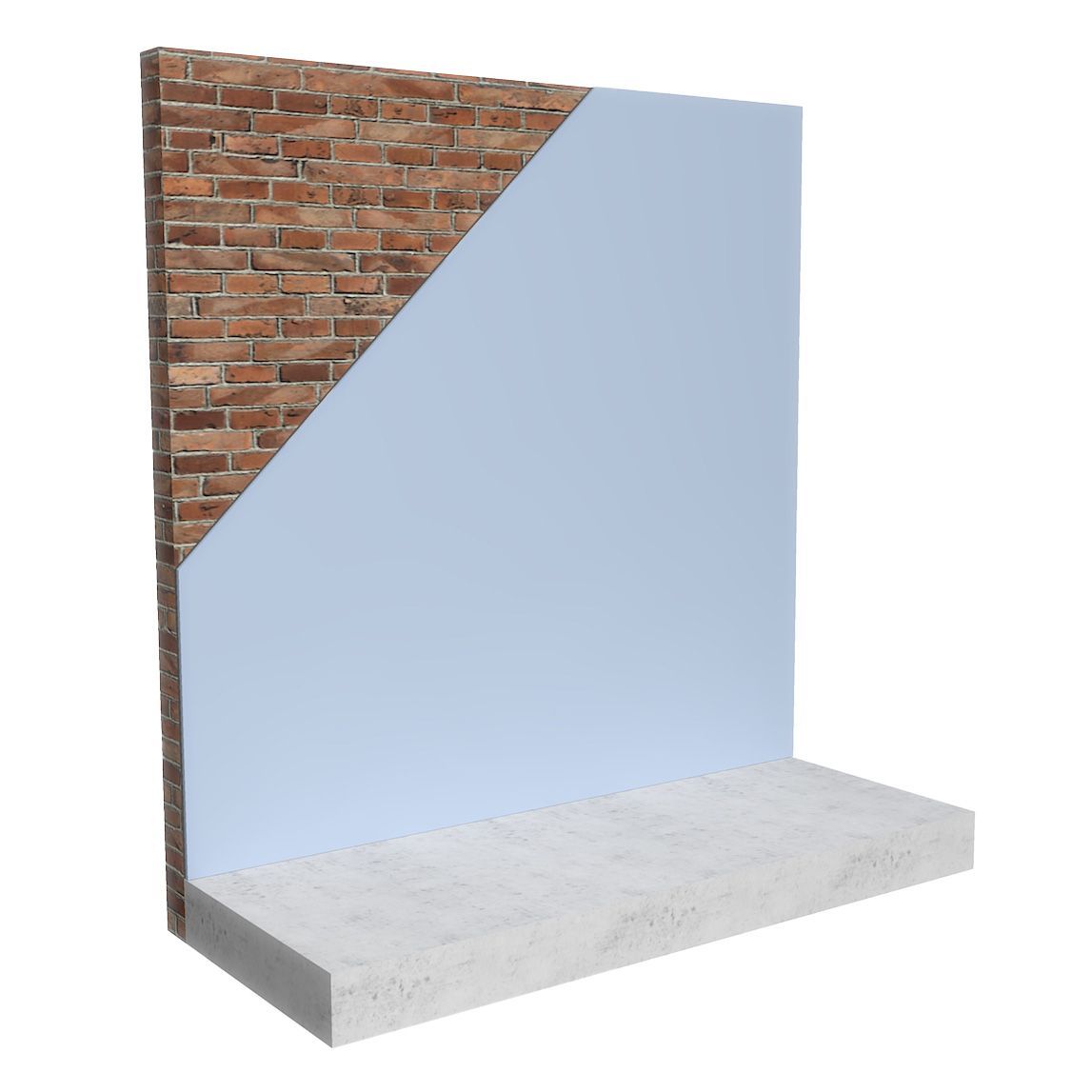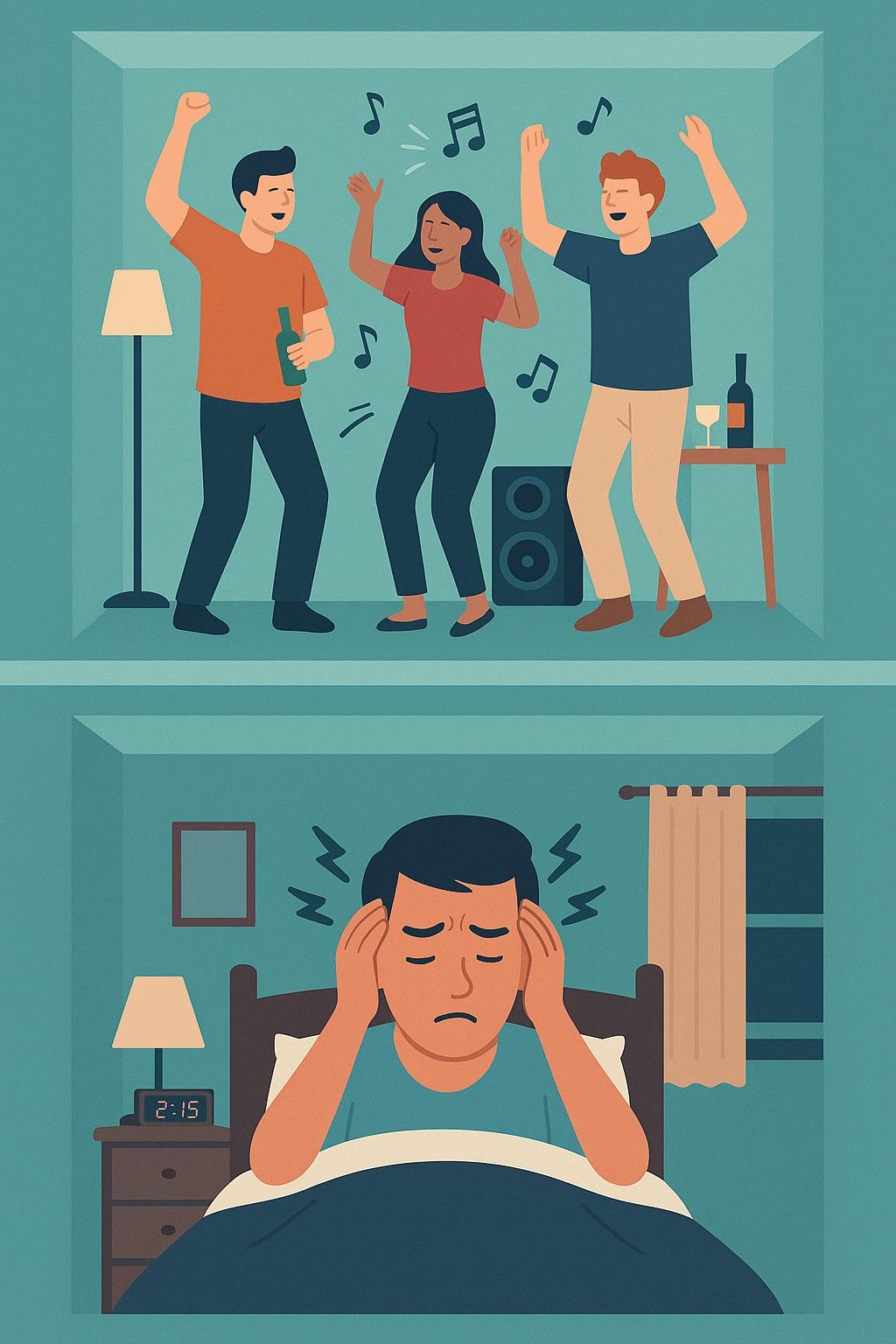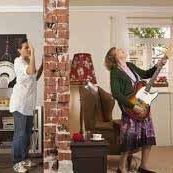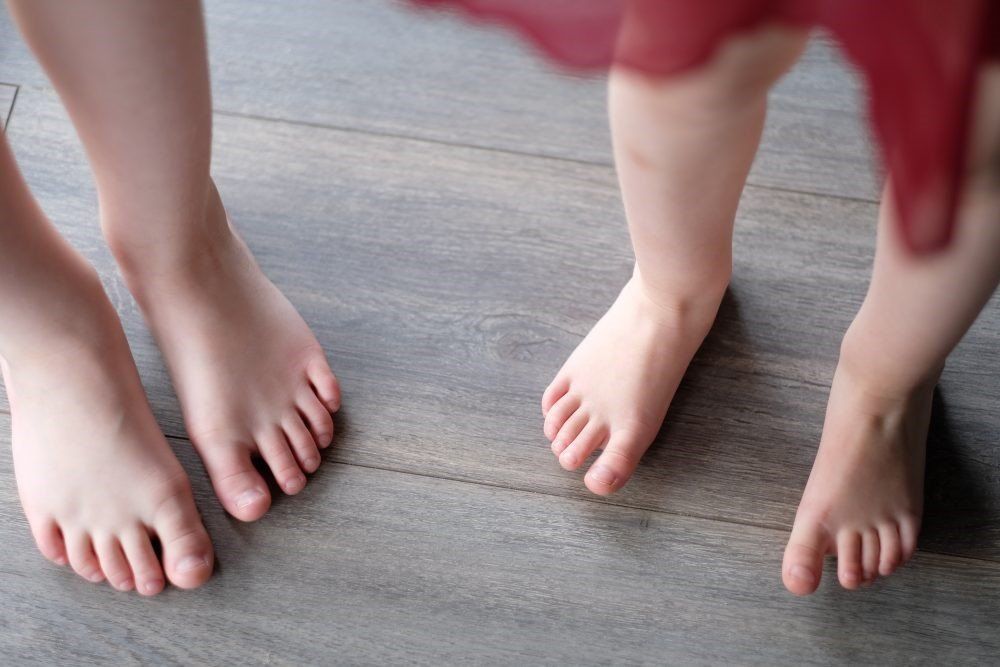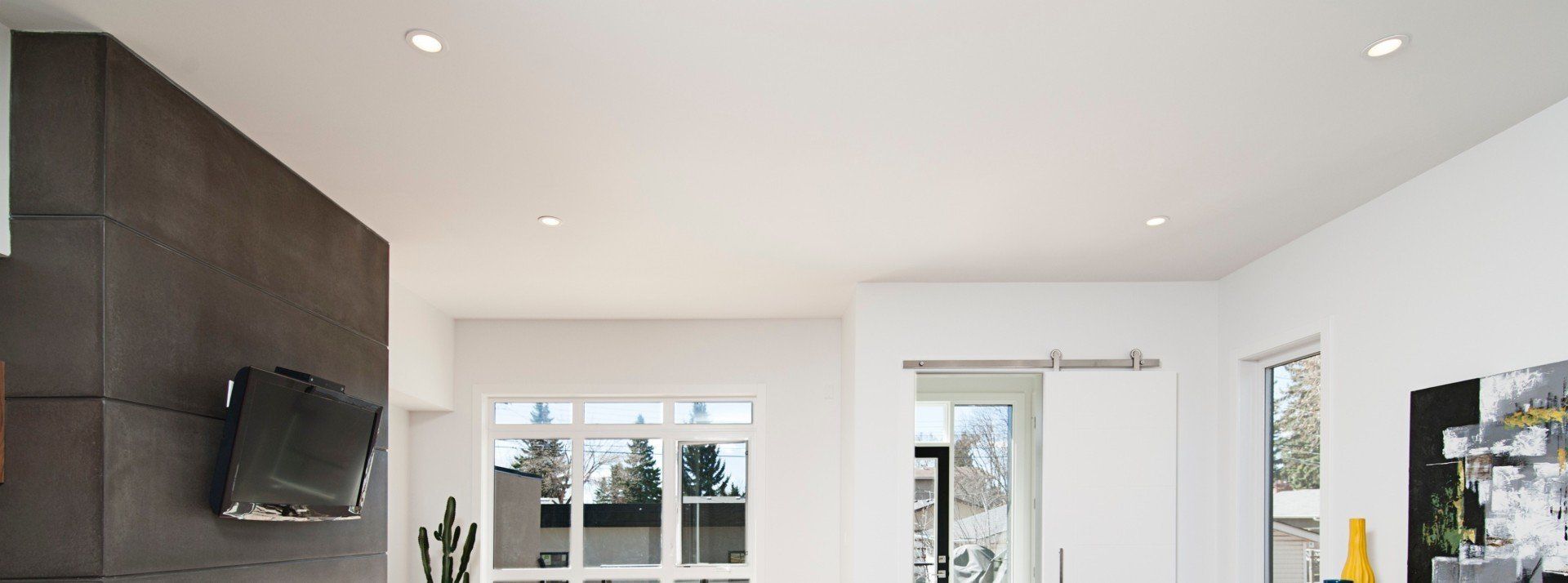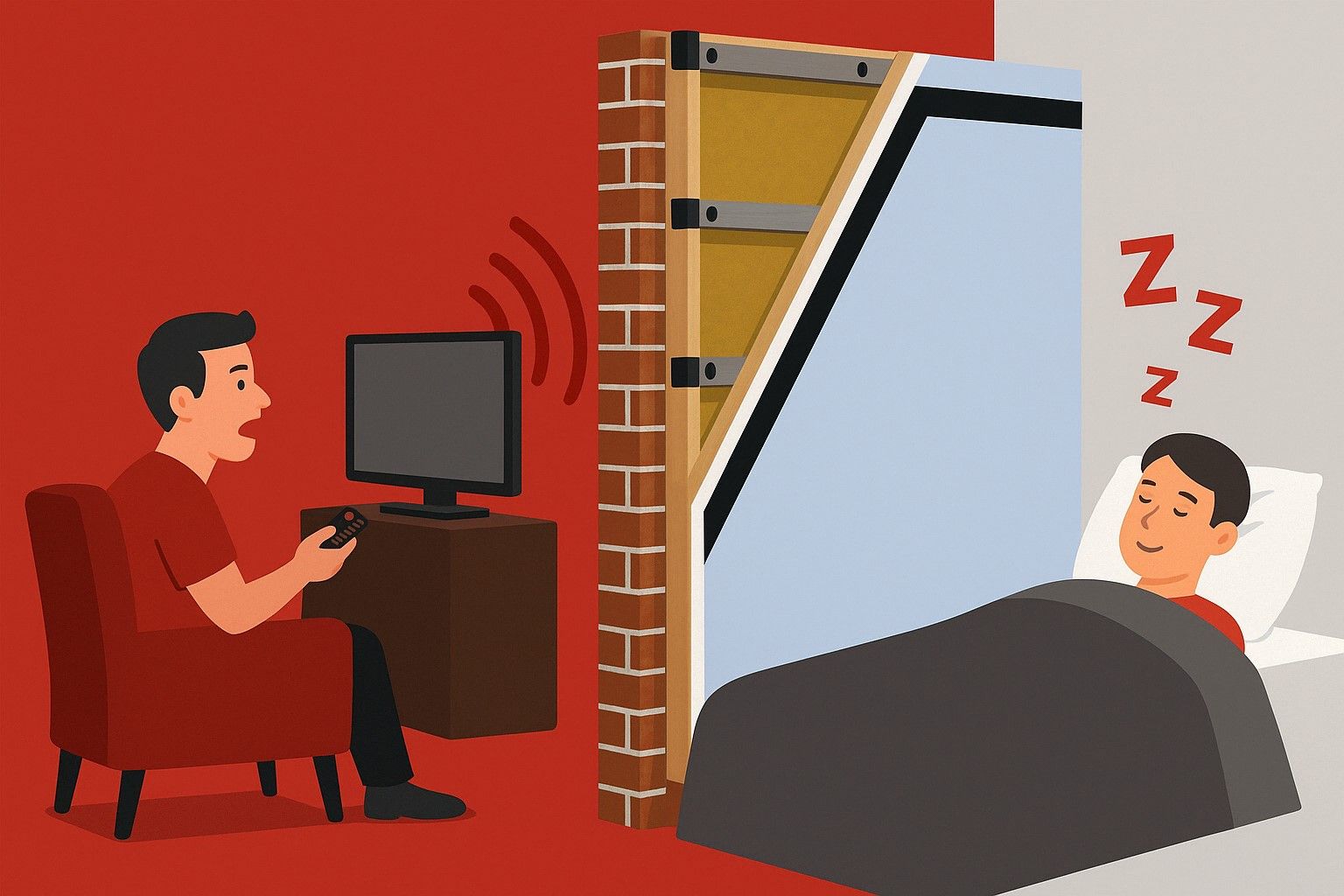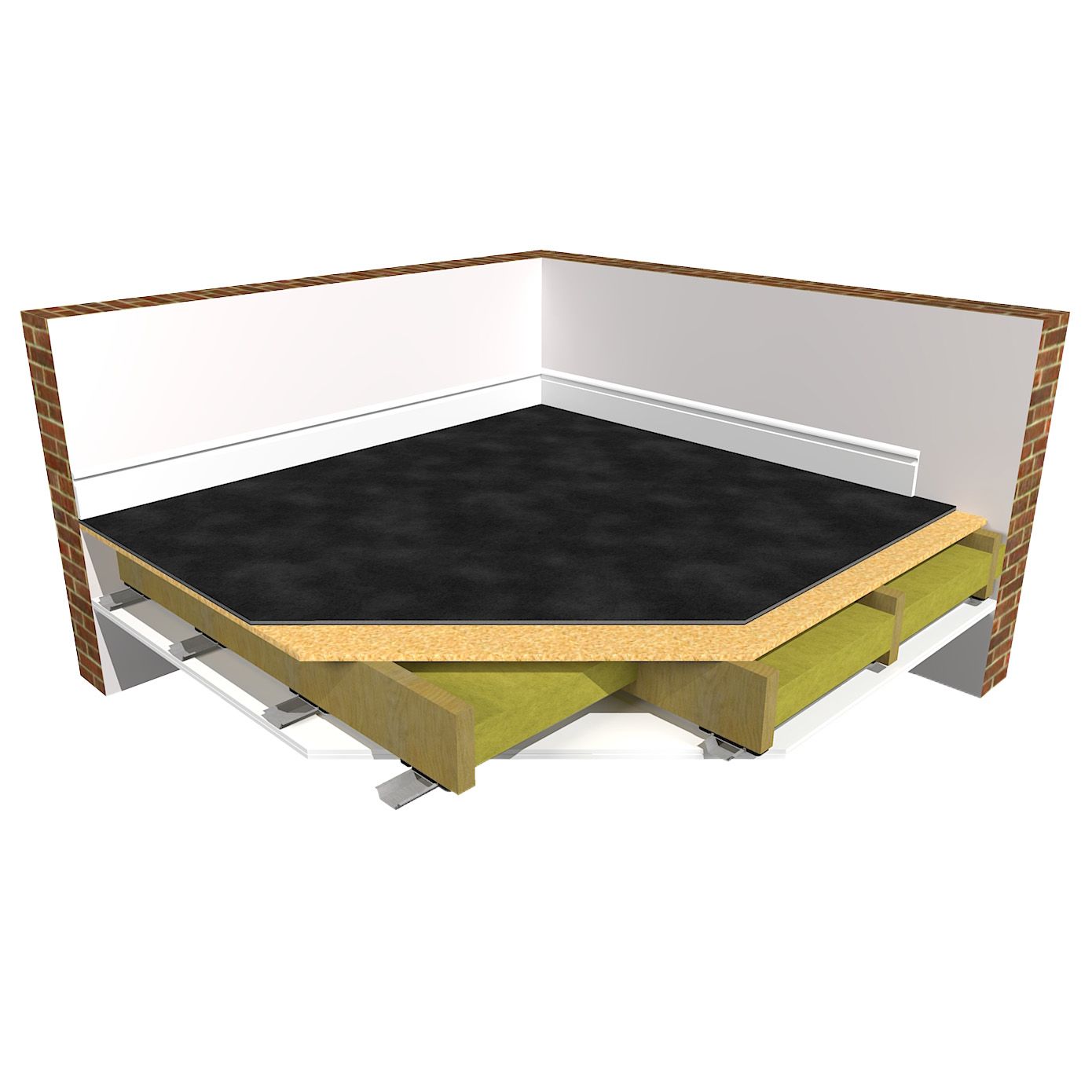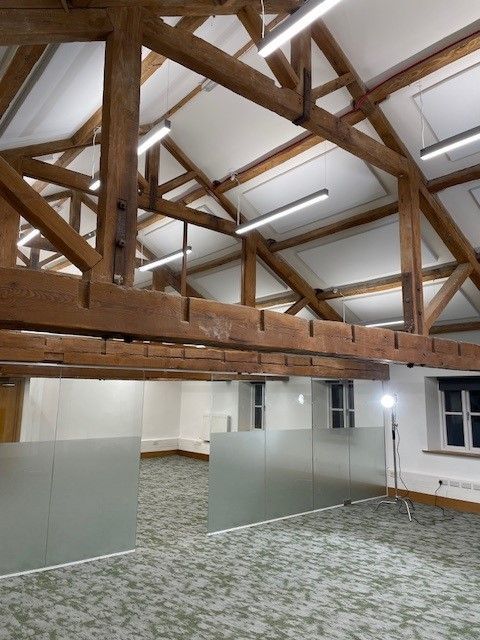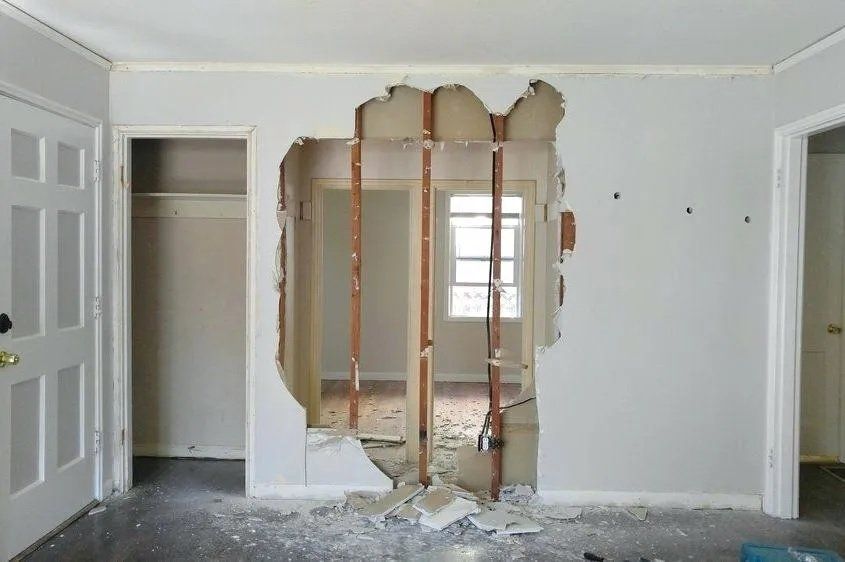The top 3 soundprooing solutions for solid walls
When it comes to soundproofing a wall against noisy neighbours, how sound travels through connecting solid structures and how best to block it can be quite complex. The focus of this article is to highlight the top 3 soundproofing solutions for solid walls. Covering off the performance of the systems, the space loss and cost. It is worth remembering that you cant 'over' soundproof but you can certainly 'under' soundproof. The recommendation would be to always go for the highest performing system you can afford to do in terms of monetary value and space loss.
Having to listen to unwanted noise coming though a neighbours party wall can have a huge impact on the health and wellbeing of the unfortunate people having to listen to it. Such unwanted noise can come in many guises from TV,'s, music, shouting, dogs barking, running up and down stairs and even noisy boilers.
Soundproofing isn't a one size fits all
Everyone's noise issue is different, everyone's property is different which also means the soundproofing solutions need to be different and able to accommodate different variables. Acoustic solutions can vary in performance, space loss and cost.
When looking for the correct soundproofing system to soundproof a solid wall, it is important to consider:
- What is the noise you are trying to block? e.g. impact or airborne noise (or a combination of the two)
- How loud is the noise you are trying to block?
- How much space can you afford to lose from the wall?
What is the science behind soundproofing?
Before focusing on soundproofing solutions, it is useful to cover off the basics of soundproofing to understand how different solutions work.
To get the best results when soundproofing a wall, there are 2 main objectives:
- The first is to increase the mass of the wall. Mass is basically weight and density. Airborne sound is blocked by mass, so for example 300mm of concrete is going to naturally block a lot more sound than 10mm of timber, because it has many times more mass and is much denser.
- Secondly, it is important to improve the walls ability to absorb and dampen sound energy. Sound is basically a vibration and vibration travels through solid materials, and through the contact of solid materials. This means when you create a sound on one side of the wall, the vibration energy of the sound travels straight through the wall to the other side.
What is the best way to reduce sound vibration?
The best way to reduce sound vibration is through de-coupling. In other words, building another wall in front of the existing wall with a gap in between. This makes it much more difficult for the vibration to travel through as it has to jump across a physical gap. The second is to add resilience to the wall, allowing the wall to flex and dampen the vibration.
An example of de-coupling to stop the transference of sound energy can be highlighted in the simple practical example shown below. Have you ever used two connected cans to communicate to another person (a very basic telephone!)?
If you speak into one of the cans and someone else holds the other to their ear, they can hear what you are saying as the sound vibrations are travelling down the string. However, if you cut the string, this stops the energy being able to travel to the other can and when it is pressed to your ear, you can no longer hear the other person.
What is the highest performing soundproofing solution for a solid wall?
Given the importance of the above objectives to successfully soundproofing a wall, the obvious question is, 'so what is the best soundproofing solution'? We will cover off the top 3 soundproofing solutions for solid walls and will start with the highest performing ReductoClip™ Independent Wall Solution.
Solution 1: ReductoClip Independent Wall Solution - Highest Performing Wall Soundproofing Solution
The ReductoClip Independent Wall Solution covers off all of the above criteria and ticks all of the soundproofing boxes. It decouples from the offending wall and also absorbs sound energy and vibration.
How the ReductoClip Independent System works:
- A new stud frame is built at least 10mm away from the existing wall (even further if space allows). This gives the de-coupling as the soundproofing system won't be touching the offending wall at all.
- The stud frame is filled with acoustic mineral wool so that there isn't a hollow cavity being created. This is important, because if the cavity isn't insulated, the sound will resonate and amplify in there (like a drum).
- The ReductoClip System is then installed onto the front of the frame. The ReductoClips act like a shock absorbing suspension system that dampens and absorbs sound energy in the same kind of way that your cars suspension absorbs the impact of pot holes in the road.
- Next, different layers of mass is added onto the ReductoClip system. This is made up of two layers of 15mm acoustic grade plasterboard, sandwiching a layer of FlexiSound 5 (an excellent and cost effective alternative to Tecsound SY1000). These layers are adding over 35kg of extra mass per meter square to create that barrier of mass to reduce airborne sound.
ReductoClip Independent System Buildup
The ReductoClip Independent Wall System is an incredibly high performing system (65dB Airborne noise performance) and is used in situations from domestic properties reducing noise from noisy neighbours all the way up to recording studios and home cinemas. The system reduces high levels of sound across the whole spectrum of frequencies from low bass up to high treble. It also reduces impact noises such as banging doors and cupboards as well as airborne noise and will massively upgrade any wall type including brick walls, block walls and even stud walls.
In an ideal world this system is the perfect choice and the recommended solution for almost everyone and for almost every situation. The only reason why it won’t always be suitable is because of the space it takes up. Even though the ReductoClip is the slimmest isolation clip system on the market and the total space loss is only 120mm (when also including the 10mm gap and a 50mm stud frame). There might be situations in which 120mm is too much space to lose.
However, if the space isn't an issue, then it is absolutely worth using this soundproofing solution to provide the highest chance of solving all noise issues and delivering the peace of mind and performance expectation needed.
The ReductoClip System - highest performing wall soundproofing solution
Solution 2: ReductoClip™ Direct to Wall Soundproofing Solution
So, what happens if you don't have the (120mm) space for the ReductoClip Independent Wall System? (Which, to visualise is about the same size as a can of soft drink turned on its side). It might be that you have doorways, or windows close to the offending wall, so in these instances the second best solid wall soundproofing solution is the ReductoClip™ Direct to Wall System.
This system is the same system as the RedictoClip Independent System highlighted above, with the only difference being that instead of building a stud frame a minimum of 10mm away from the offending wall, the ReductoClips are installed directly onto the wall. This gives the space saving element which might be needed, as it only takes up 60mm instead of the 120mm.
However, with a space saving of half the thickness, there is going to be a compromise on performance as there is no de-coupling from the original wall. The ReductoClip Direct to Wall System still does a good job at reducing sound energy because of the resilience the clips provide, however, it won't perform as highly as the independent system.
As with the ReductoClip Independent System, the ReductoClip Direct to Wall solution can also be installed on brick, block or stud walls and will give a very good reduction in all noise types from low pitch, to high pitch and against both impact and airborne noise. The ReductoClip Direct to Wall solution ultimately delivers the perfect compromise between performance and space loss.
How to install the ReductoClip Direct to Wall System
Solution 3: SoundBoard 4 Direct to Wall Soundproof Panel
The third and final solution is the SoundBoard 4. This is the slimmest option at just 30mm thick and is specifically designed to offer a solution for those who are really limited to space. It is installed as one single, easy to install panel and is made up of 4 layers consisting of:
- 3mm mass loaded vinyl
- 9mm closed cell acoustic foam
- 3mm mass loaded vinyl
- 15mm acoustic grade plasterboard
The SoundBoard 4 is fixed directly against the offending wall, so there is no de-coupling, (although the foam layer does give a small level of resilience to dampen some sound energy). The SoundBoard soundproof panel 4 adds around 29kg per meter square of mass, including different types of mass which help respond to different sound frequencies.
The SoundBoard 4 can be used on solid walls, but does have some limitations. Any solution of this type which has no de-coupling and limited resilience is going to be quite effective for mid to high frequencies, so things like high pitch voices for example, but it’s not going to be very effective for stronger vibration, such as low pitch sounds, bass from music, snoring and impact noises.
The construction of the wall is also an important consideration when using SoundBoard 4. If the wall is a thick solid wall it might be that it is already doing a good job at blocking the higher pitch sounds. This is often the case if you can hear lower, more muffled sounds coming through and if this is the case, SoundBoard 4 isn’t going to give much improvement and the ReductoClip would be the required solution.
However, if you have a very thin, very old wall circa pre 1950's then the party wall is probably going to be thin, potentially only a single layer of brick and not naturally providing much mass. In these situations where you can hear high pitch sounds coming through, then SoundBoard 4 should give you a pretty good improvement.
It is important to point out that the limitations of SoundBoard 4 are the same for all solutions which are designed to add more mass to a wall, with no de-coupling and limited resilience.
The SoundBoard 4 soundproofing panel really comes into it’s own when used on a stud wall as they have such a low mass starting point. The addition of the 29 extra kg of mass per meter square will make a huge difference. So if you are looking to soundproof an internal stud wall or even a dormer style timber external wall, SoundBoard 4 is a great option.
SoundBoard 4 Direct to Wall Soundproofing Panel
What is the difference in cost for the top 3 wall soundproofing systems?
Depending on the size of the wall, there is often only a marginal difference between the cost of the ReductoClip Systems.
Below is an overview of the cost of all 3 systems (based on an average wall size of 4m wide x 2.3m high).
The cost includes unlimited (free) advice, materials, VAT and delivery costs. Because all of the systems supplied by The Soundproofing Store can be fitted by a competent DIYer the below costs don't include installation. For those customers who don't feel confident to install the systems themselves, then a local tradesperson will have no difficulty installing the systems (detailed guides and videos are also supplied) and the experts at The Soundproofing Store will happily speak to the person doing the installation should they need any help.
- ReductoClip Independent Wall System from £1,045 (doesn't include the stud frame)
- ReductoClip Direct to Wall from £985
- SoundBoard 4 from £705
Top 3 solid wall soundproofing solutions - Summary
The 3 options of the ReductoClip Independent Wall Solution, ReductoClip Direct to Wall Solution and SoundBoard 4 Direct to Wall Soundproofing Panel are three top performing options to cover different budgets, wall constructions, space limitations and noise types.
It’s important to use a system that will be suitable for your specific noise problem to really have the greatest chance of solving that issue. If the incorrect solution is chosen, then it might lead to disappointing results. It is much better to pay for the right solution the first time round.
If you’re unsure of what soundproofing solution is best for your specific and individual situation, then the best thing to do is to speak to an expert. Please feel free to give us a call and speak to one of our expert team. You can also contact us via the contact form below.
Share
"We don’t expect you to become an overnight expert in soundproofing, that’s what we’re here for."
